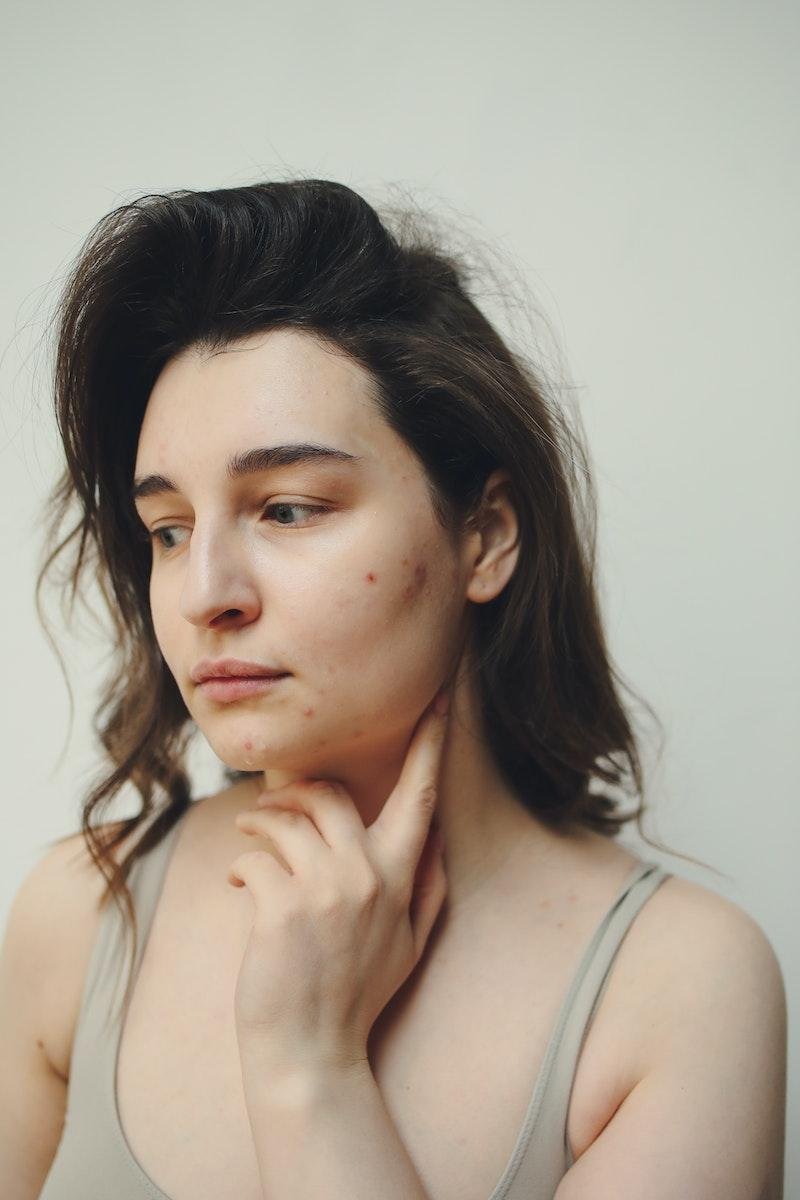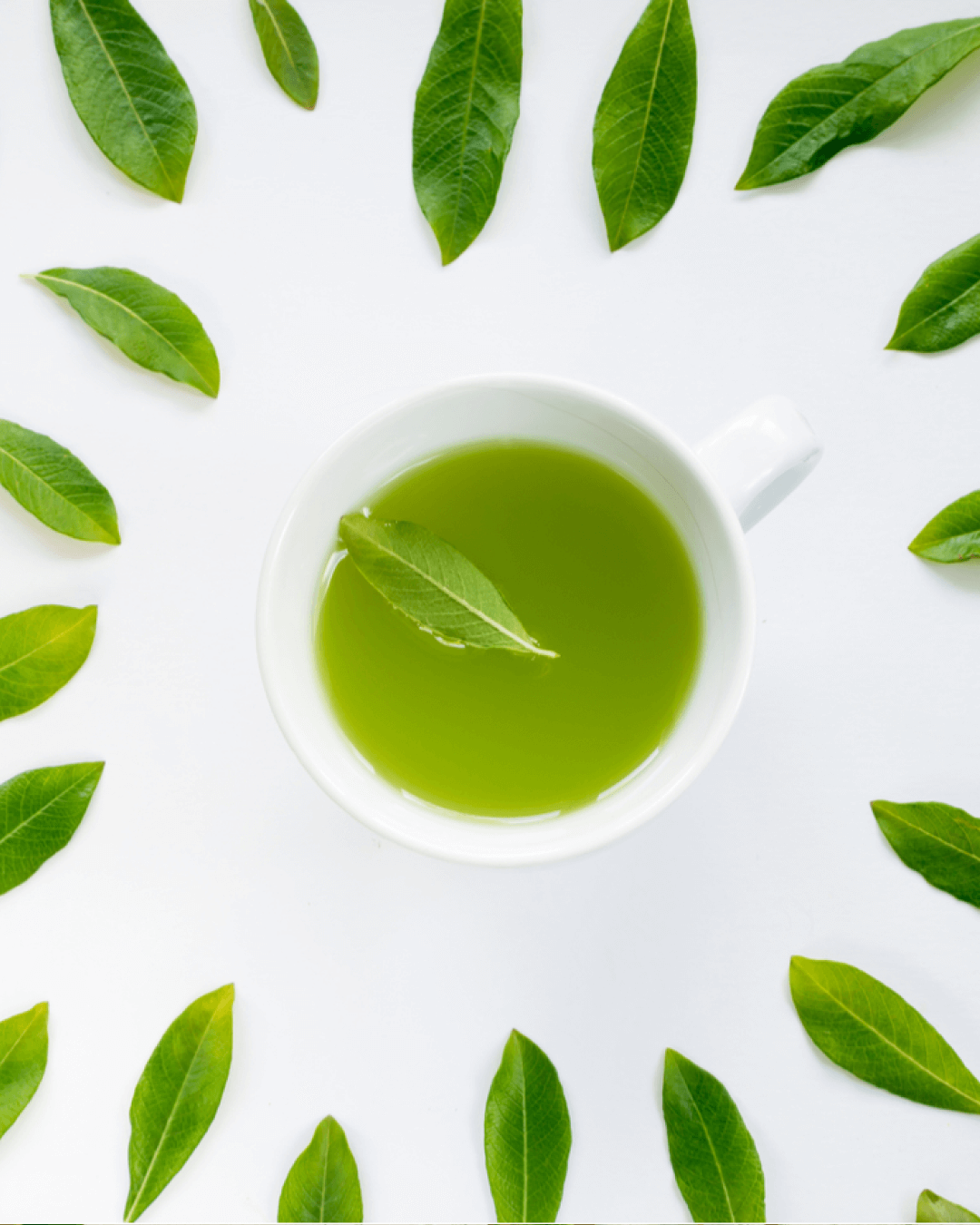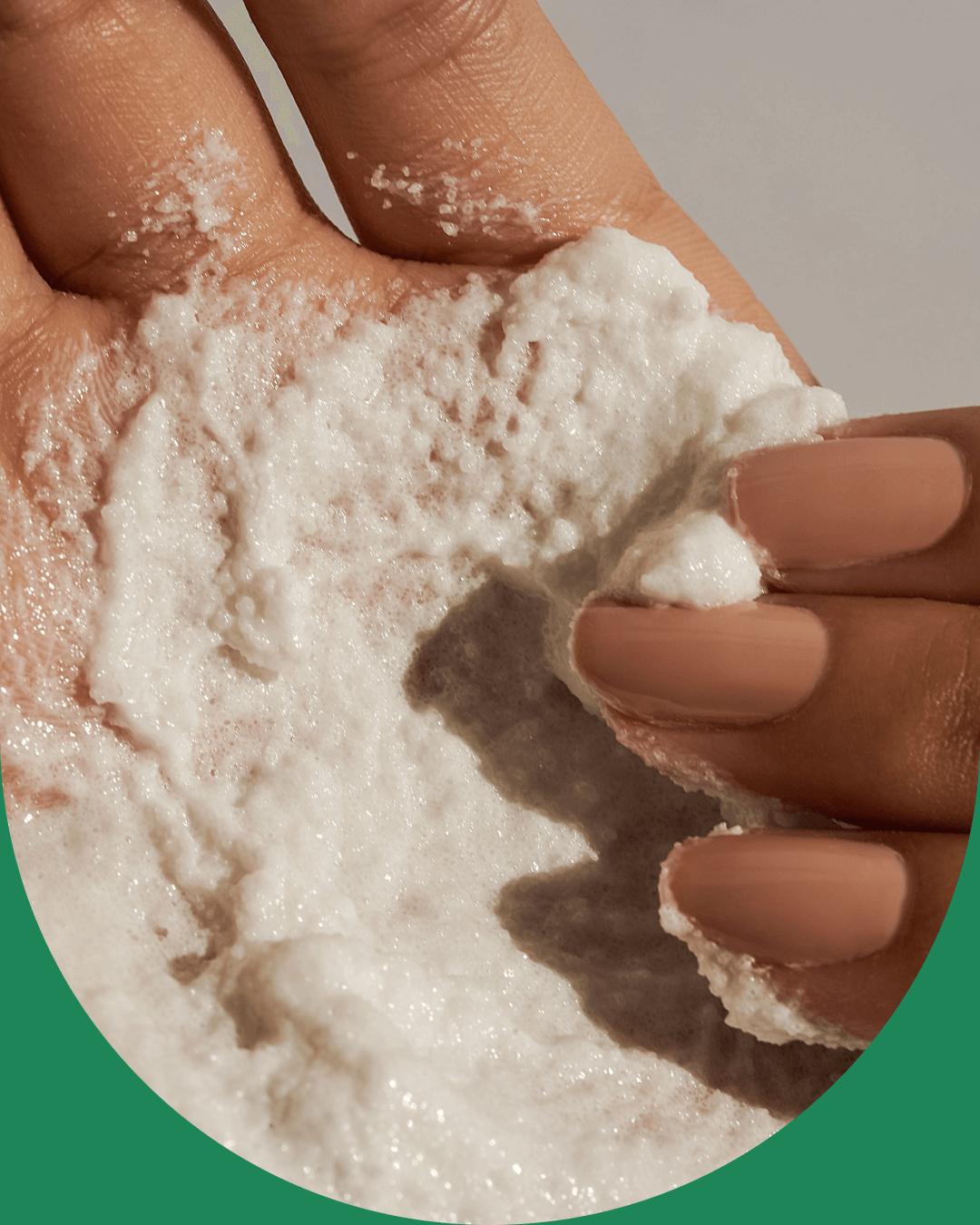Building an effective skincare routine can be overwhelming with the abundance of products and information available. However, with a solid understanding of the fundamentals, creating an effective skincare routine can be not only straightforward but enjoyable. Below, we guide you through the essentials of creating a skincare routine from scratch. From identifying your skin type to selecting the right products and establishing a daily regimen, this beginner’s guide will help you nourish and enhance your skin’s natural beauty. Get ready to discover the key steps to achieve a healthy and glowing complexion.
Finding Your Skin Type
Identifying your skin type is the first step in developing an effective skincare routine. By understanding your skin’s unique characteristics and needs, you can choose products and treatments that address your specific concerns.
Here are some key points to consider:
Common skin types: The main skin types are balanced, dry, oily, combination, and sensitive. Dry skin often feels tight and may appear flaky or rough. Oily skin tends to have excess sebum production, leading to a shiny complexion and potential breakouts. Combination skin features both dry and oily areas, typically with an oily T-zone and drier cheeks. Sensitive skin is prone to irritation, redness, and reactions to certain products or environmental factors.
Characteristics and needs: Each skin type has distinct characteristics and requires tailored care. Dry skin requires extra moisture while oily skin benefits from lighter hydration to balance excess oil production and prevent clogged pores. Combination skin requires a balanced approach that addresses both dry and oily areas. Sensitive skin calls for gentle, soothing products that minimize irritation.
Factors for specific concerns: Beyond skin type, consider any specific concerns you have, such as acne, aging, or hyperpigmentation. Acne-prone skin may benefit from products that control oil, unclog pores, and target bacteria. Aging skin can benefit from anti-aging ingredients like retinol, antioxidants, and hydration. Hyperpigmentation may require brightening agents and sun protection to even out skin tone.
Different Skincare Products and Their Uses
Understanding skincare products and their uses is crucial for an effective routine. Each product serves a specific purpose in maintaining and improving skin health. Research ingredients, check labels for harmful substances, perform patch tests, and introduce new products gradually for optimal results.
Cleansers
Cleansers are a key part of every skincare routine. They play a crucial role in eliminating dirt, oil, and impurities from the skin’s surface, ensuring a clean and fresh complexion. Cleansers come in various forms, including gels, creams, foams, or oils. By unclogging pores and preventing breakouts, cleansers create the ideal canvas for the effective absorption of subsequent skincare products. When selecting a cleanser, it is important to consider your skin type and opt for a pH-neutral option that will maintain the natural balance of your skin.
Toners
Toners are versatile products that serve multiple purposes in a skincare routine. They help balance the skin’s pH levels, eliminate residual impurities, and prepare the skin for better absorption of subsequent products. Toners are available in various formulations, including hydrating, exfoliating, or soothing formulas, catering to different skin concerns. After cleansing, apply toner before serums and moisturizer to optimize its benefits.
Moisturizers
Moisturizers maintain skin hydration and prevent moisture loss. They provide a protective barrier on the skin, keeping it soft, smooth, and plump. Moisturizers also help balance the skin’s oil production, which is why it’s so important for both dry and oily skin types to use them regularly. For people with oily skin, look for oil-free gel-creams to keep the skin hydrated and balanced without congesting the pores. Look for formulations enriched with hydrating ingredients such as hyaluronic acid, glycerin, or ceramides. These ingredients strengthen the skin’s natural moisture barrier, helping it retain hydration more effectively.
Sunscreen and the Importance of SPF
Sunscreen is a vital step in any skincare routine. Regardless of how meticulous and comprehensive your routine may be, it will not be as effective if you neglect to protect your skin from harmful UV rays. Apply sunscreen daily, regardless of the weather, season, or your skin type. Choose a broad-spectrum mineral or chemical sunscreen with a minimum SPF of 30 or higher. Ensure that you generously apply it to all exposed areas of your skin. It is important to reapply sunscreen every two hours, particularly when you are outdoors for extended periods, engaging in activities that cause you to sweat, or coming into contact with water.
Additional Skincare Products
Serums: Serums are highly concentrated formulations that target specific skin concerns, such as hyperpigmentation, fine lines, or acne. They contain potent active ingredients like vitamin C, retinol, or niacinamide, delivering targeted benefits and enhancing the overall effectiveness of your skincare routine. Serums are ideal for addressing issues such as hyperpigmentation, fine lines, or acne. Apply serums after toning to maximize their impact.
Eye creams: Eye creams are specially formulated to address the delicate skin around the eyes. They can reduce puffiness, minimize the appearance of dark circles, and diminish fine lines. Look for eye creams enriched with hydrating ingredients like hyaluronic acid and peptides to keep the under-eye area moisturized and nourished. Apply eye cream by gently patting the orbital bone using your ring finger to avoid tugging or pulling on the delicate skin.
Masks: Masks are beneficial treatments that provide intensive care and address specific skin concerns. There are various types of masks available, including overnight sleep masks, sheet masks, and clay masks, each offering unique benefits. Masks can provide deep hydration, detoxify the skin, brighten the complexion, or target specific issues like acne or dullness. Incorporate masks into your skincare routine as needed, depending on your skin’s needs and the specific mask type. They can be used weekly or as a targeted treatment for specific concerns.
Tailoring Your Routine to Your Lifestyle
It’s important to consider your schedule and available time for skincare. Assess how much time you can dedicate to your skin to help you create a manageable routine. The best routine is always the routine you will follow consistently.
For individuals with busy schedules, a simplified skincare routine might be beneficial. Focus on the essential steps that deliver the most significant benefits. This typically involves cleansing, moisturizing, and applying sunscreen. Streamline your routine by selecting multi-tasking products that offer multiple benefits in one, such as a moisturizer with included SPF.
Adapting your skincare routine is also crucial when you have a travel or on-the-go lifestyle. To accommodate your needs, consider incorporating travel-friendly products into your routine like mini-sized versions of your favorite skincare items.
A good travel skincare routine often includes facial wipes or micellar water, especially when access to water is limited for quick and efficient cleansing. Additionally, using a compact sunscreen stick is preferable to creams or sprays, as it is compact and less likely to spill while protecting your skin from the sun’s harmful rays. Furthermore, consider adding a mini-sized facial spray to your routine. This can refresh and hydrate your skin throughout the day, particularly in dry environments like airplanes with recycled air.
Building a Skincare Routine
Building an effective skincare routine requires time and patience. While there are foundational steps that are commonly included in a skincare routine it’s important to remember that skincare is not a one-size-fits-all approach. As you develop your own routine, you may find it beneficial to incorporate additional steps or customize your products to better target specific concerns or address varying skin needs.
A good skincare routine usually contains:
- Cleanser
- Toner
- Serum
- Moisturizer
- Sunscreen
Experimenting with different products and techniques allows you to understand what works best for your skin and adjust your routine accordingly. Some individuals may prefer using different products on different days depending on their skin’s condition or specific concerns at that time. What matters most is finding a routine that you can consistently follow and that yields visible results. Consistency is key in skincare, as it allows time for products to work effectively and for your skin to adapt and improve over time. Listen to your skin’s needs and adjust your routine accordingly. Factors such as lifestyle, environmental conditions, and hormonal changes can impact your skin, so being attentive and adaptable will help you maintain an effective and evolving skincare routine.
Beginners Skincare Routine – Just the Basics
When first establishing a skincare routine, it’s best to start with a minimalistic approach.
Begin by focusing on the fundamental steps:
- Cleansing
- Moisturizing
- Sunscreen
This simplified routine enables you to establish consistency and evaluate your skin’s response before incorporating additional products. By starting with the essentials, you can build a strong foundation for your skincare routine and make informed decisions about further customization.
How to Expand Your Skincare Routine Based on Your Skin’s Needs
As you become familiar with the basics and your skin’s specific needs, you can gradually expand your routine. Identify specific concerns or goals you have for your skin, such as addressing acne, hyperpigmentation, or signs of aging. Introduce targeted products, like serums, essences, or treatments like tretinoin, that address these concerns. Remember to introduce one new product at a time and observe how your skin reacts to it before incorporating more.
Understanding the Purpose and Order of Each Step in Your Skincare Routine
To build an effective skincare routine, it’s important to understand the purpose and order of each step. Each step serves a specific function in promoting healthy, radiant skin.
Here’s a breakdown of the key steps in order, and their significance:
Cleansing: Cleansing removes dirt, oil, and impurities that accumulate on the skin throughout the day and creates a clean canvas for the rest of your routine.
Toning: Toning helps balance the skin’s pH levels and prepares it for the absorption of other skincare products
Serums and Treatments: Serums and treatments are highly concentrated formulations that target specific skin concerns.
Moisturizers: Moisturizers provide hydration and nourishment to the skin. They help replenish and seal in moisture, keeping the skin soft, supple, and protected.
Sunscreen: The final step in your skincare routine should always be sunscreen to shield your skin from harmful UV rays that can cause premature aging, sunburns, and damage.
Skincare Routines by Culture
Skincare routines around the world showcase diverse approaches and rituals, highlighting the importance of overall well-being. While consistency and personalization are key, exploring different cultural influences can help guide your skincare routine choices.
Below, we cover different skincare methodologies such as Korean, Japanese, French, Scandinavian, Ayurvedic, and Moroccan.
Korean Skincare Routine
Korean skincare, known as K-beauty, has garnered global popularity for its comprehensive and multi-step methodology, utilizing advanced ingredients and products. It typically involves a 10 to 12-step routine that focuses on thorough cleansing, hydration, and nourishment. Key steps include double cleansing, toner, essence, serums, sheet masks, eye cream, moisturizer, and sunscreen. The Korean skincare routine emphasizes achieving a radiant, glass-like complexion through meticulous layering of multiple lightweight, hydrating products.
Japanese Skincare Routine
Japanese skincare prioritizes simplicity and effectiveness. It centers around maintaining a healthy skin barrier and achieving a youthful, glowing complexion. Key elements of Japanese skincare include gentle cleansing, hydrating toners, lightweight moisturizers, and diligent sun protection. Japanese skincare places great importance on the use of high-quality ingredients like green tea, rice bran, and camellia oil, which offer soothing and antioxidant properties to promote skin health and vitality.
French Skincare Routine
A French skincare routine embraces minimalism, emphasizing natural beauty, graceful aging, and the enhancement of skin health. It revolves around gentle cleansing, moisturizing, and safeguarding the skin against sun damage. French skincare prioritizes the use of high-quality, plant-based products from the French countryside like clays, thermal water, and botanical extracts, aligning with a belief that simplicity and efficacy go hand in hand. Additionally, French skincare highlights the importance of maintaining a healthy lifestyle and adopting a balanced diet as integral components for achieving overall skin wellness.
Scandinavian Skincare Routine
The Scandinavian skincare routine, known for its emphasis on simplicity and efficiency, prioritizes skincare that can withstand harsh weather conditions. It typically involves gentle cleansing, deeply hydrating products, and protecting the skin’s moisture barrier. Scandinavian skincare embraces the use of natural ingredients such as birch sap, sea buckthorn, and Nordic botanical extracts, which offer nourishing and protective properties to support healthy skin in challenging environments.
Ayurvedic Skincare Routine
The Ayurvedic skincare routine is rooted in the ancient Indian holistic system of Ayurveda. This approach centers around achieving overall well-being by harmonizing the mind, body, and spirit, which extends to maintaining healthy skin. Ayurvedic skincare embraces personalized approaches based on an individual’s dosha and utilizes herbal ingredients, oils, and Ayurvedic techniques like massage and meditation to cleanse, nourish, and rejuvenate the skin. By incorporating these practices, Ayurvedic skincare aims to restore balance and promote radiant skin from within.
Moroccan Skincare Routine
Moroccan skincare routines draw inspiration from Morocco’s rich natural resources, incorporating traditional ingredients like Beldi soap, rose water, and rhassoul clay. This skincare regimen prioritizes deep cleansing, gentle exfoliation, and moisturizer using natural oils such as argan. Additionally, the Moroccan skincare routine embraces the use of hammams (steam baths) and rituals like massages and meditation, offering a holistic approach that nourishes both the body and the senses. By harnessing the power of nature, Moroccan skincare provides a rejuvenating experience that promotes overall well-being and radiant skin.
Maintaining A Consistent Skincare Routine & Adapting Over Time
Consistency is key when it comes to achieving and maintaining healthy skin, while remembering to adapt over time. The weather, seasons, product usage, hormones, age, and more can all affect our skins’ needs and require adjustments to our routines.
Consistently following your skincare routine allows products to work effectively and delivers long-term benefits to your skin. Regular cleansing, moisturizing, and protection against the sun’s harmful rays contribute to a healthy complexion.
However, it’s crucial to recognize that our skin is dynamic and can change. As seasons shift, environmental conditions impact our skin’s requirements. In colder months, when the air is drier, adjusting the routine by incorporating richer moisturizers and hydrating products helps combat dryness and maintain optimal skin health. Conversely, warmer months call for lighter textures and increased sun protection to shield against UV damage. Hormonal fluctuations, age-related concerns, and lifestyle choices also influence our skin. Our skin communicates its needs, so pay attention to any changes or concerns that arise. Adjustments may be needed if you notice shifts in texture, sensitivity, or appearance.





